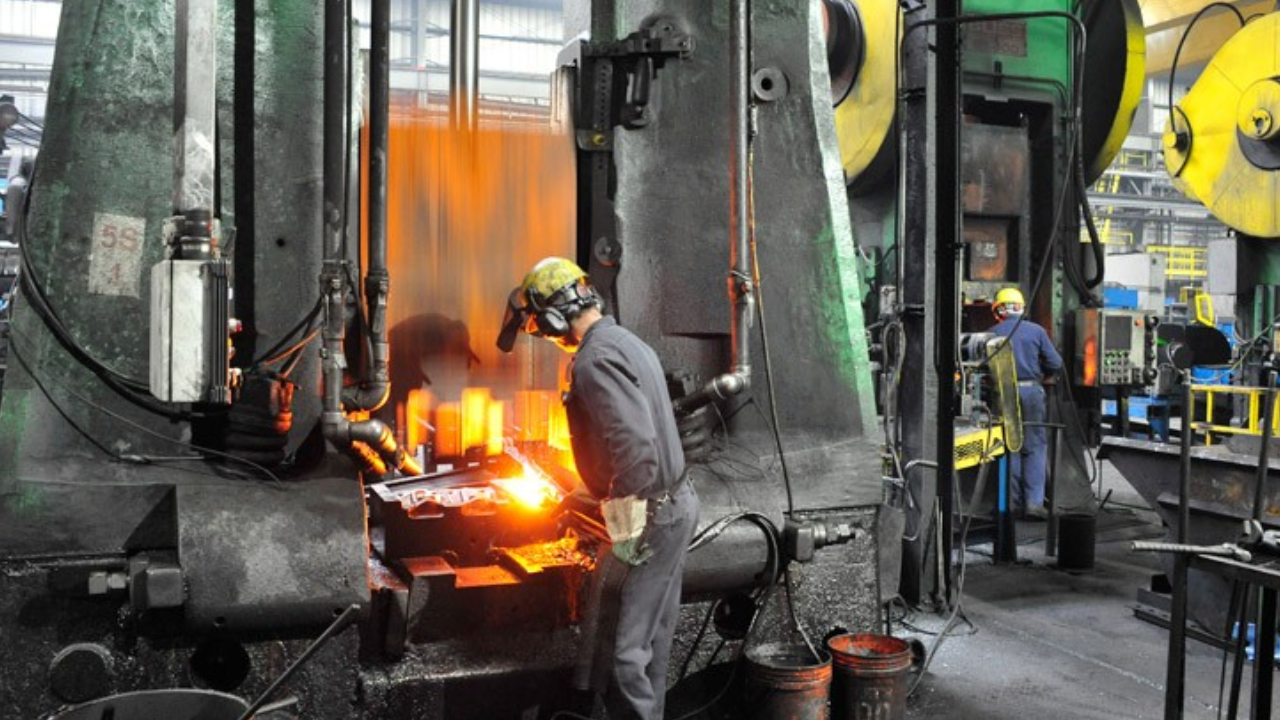Forged connecting rods are high-performance engine component stalwarts, embodying strength, durability, and accuracy. These vital connections between the piston and crankshaft are important in converting reciprocating motion into rotational power. These connecting rods are meticulously forged and undergo extreme heat and pressure, matching their grain structure for exceptional strength.
This tough design not only withstands the intense strains of high-performance engines but also improves engine responsiveness and longevity. Precision engineering, weight reduction, and fatigue resistance further distinguish forged connecting rods, making them the preferred choice in situations requiring power, precision, and durability. These components emphasize a commitment to quality, pushing the boundaries of what is possible in the pursuit of automotive and motorsport prowess.
The Significance of Steel in Drop-Forged Connecting Rods for Automotive Cylinder Engines
Automotive cylinder engines are complex systems that require precise engineering for peak performance. The connecting rod is one of the most important components in guaranteeing the smooth operation of an internal combustion engine. Steel is the material of choice for connecting rods because of its remarkable combination of strength, durability, and other mechanical features. The reasons for the extensive usage of steel in drop-forged connecting rods are discussed in this article.
High Strength and Tensile Properties
Steel has intrinsically high strength and tensile qualities, making it a perfect alternative for engine components subjected to dynamic stresses. Drop forged connecting rods are forged, which aligns the grain structure of the steel and increases its strength. This ensures that the connecting rod can withstand the cyclic loading and high-stress conditions that occur during engine running.
Resistance to Fatigue and Fracture
The cyclic nature of an engine’s functioning, with reciprocating motion and alternating loads, needs fatigue-resistant components. Drop-forged connecting rods are particularly durable due to steel’s better fatigue resistance and the controlled grain structure achieved by forging. This fatigue resistance is critical for an engine’s long-term durability.
Durability and Longevity
Automotive engines require components that can resist extreme temperatures and continual movement. Steel’s durability guarantees that drop-forged connecting rods last a long time, eliminating the need for replacements. This not only improves engine reliability but also lowers maintenance expenses for car owners.
Heat Resistance and Thermal Conductivity
Because of combustion, the operational condition within an engine entails increased temperatures. Because of steel’s superior heat resistance, drop-forged connecting rods can sustain these high temperatures without sacrificing structural integrity. Furthermore, the thermal conductivity of steel allows for efficient heat dispersion, limiting localized overheating and consequent damage.
Precision and Customization
Steel can be precisely shaped into connecting rods with fine features and specialized geometries using drop forging. Maintaining optimum engine balance and alignment requires this level of precision. The ability to customize connecting rods based on engine specs improves overall performance and efficiency.
Weight-to-Strength Ratio
Steel has an excellent weight-to-strength ratio, enabling the production of lightweight connecting rods while maintaining strength and structural integrity. This is especially true in automotive design, where reducing the weight of moving components improves fuel efficiency and overall vehicle performance.
Compatibility with Engine Lubricants
Another important consideration in steel’s appropriateness for connecting rods is its compatibility with engine fluids. The corrosion resistance of the material ensures that it can tolerate exposure to lubricants and other fluids circulating within the engine, extending the life of the connecting rod.
Cost-Effectiveness
While steel may have a higher initial cost than other materials, its long-term cost-effectiveness is demonstrated by the durability and dependability it provides for drop-forged connecting rods. The lower requirement for regular replacements and maintenance more than compensates for the original cost.
Remarks
Steel is used in drop-forged connecting rods as a strategic choice, taking advantage of the material’s inherent strength, fatigue resistance, durability, and other mechanical features. Steel’s lasting significance in connecting rod manufacture remains a monument to its unrivaled combination of qualities, assuring the continued efficiency and dependability of internal combustion engines as automobile technology evolves.
